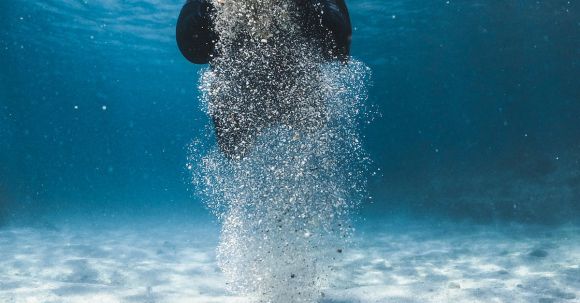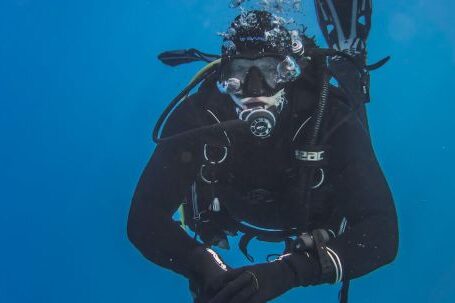Diving is an exhilarating activity that allows individuals to explore the underwater world. However, before embarking on this adventure, it is crucial to understand the basics of diving equipment and gear. Having the right equipment and knowing how to use it properly ensures a safe and enjoyable diving experience.
Mask and Snorkel: The Window to the Underwater World
The mask and snorkel are essential pieces of equipment that enable divers to see and breathe underwater. The mask creates an air pocket around the eyes, allowing for clear vision. It should fit snugly but comfortably on the face, with no gaps. A snorkel, on the other hand, is a tube that allows divers to breathe while keeping their faces submerged. It is important to choose a snorkel with a comfortable mouthpiece and a purge valve to clear any water that enters.
Wetsuit or Drysuit: Protection from the Elements
Diving in cold waters requires proper insulation to prevent hypothermia. A wetsuit or drysuit serves this purpose. A wetsuit is made of neoprene, a material that traps a thin layer of water against the body, which then gets warmed by body heat. This layer acts as insulation. On the other hand, a drysuit provides complete insulation by keeping divers dry. It is ideal for extremely cold waters and allows for the use of thermal undergarments.
Buoyancy Control Device (BCD): Stay Balanced Underwater
A BCD is a crucial piece of equipment that allows divers to control their buoyancy underwater. It consists of an inflatable bladder that can be filled or emptied of air. By adding air, divers increase their buoyancy, while releasing air decreases it. This enables divers to achieve neutral buoyancy, where they neither sink nor float. The BCD also has integrated weight pockets to help divers achieve proper weighting and trim.
Regulator: Breathe Easy
The regulator is the device that delivers air from the scuba tank to the diver’s mouth. It consists of a first stage, which attaches to the tank, and a second stage, which is the mouthpiece. The first stage reduces the high-pressure air in the tank to intermediate pressure, while the second stage allows the diver to breathe comfortably. A well-maintained and properly functioning regulator is essential for safe diving.
Dive Computer: Plan and Monitor Dives
A dive computer is a device that helps divers plan and monitor their dives. It provides important information such as depth, dive time, and decompression limits. Some dive computers also have additional features like a compass and air integration, which displays the diver’s remaining air pressure. It is important to choose a dive computer that suits one’s diving needs and is easy to read and navigate underwater.
Fins: Enhance Movement Underwater
Fins are essential for efficient movement underwater. They come in various styles and designs, such as open-heel or full-foot fins. Open-heel fins are worn with booties and offer better adjustability, while full-foot fins are worn barefoot and provide a snug fit. Fins should be comfortable and allow for easy kicking without causing strain or discomfort.
Safety Equipment: Be Prepared for the Unexpected
In addition to the basic diving equipment, it is important to carry safety equipment such as a surface marker buoy (SMB), a signaling device, and a dive knife or cutting tool. An SMB is a buoy that divers deploy at the surface to signal their presence to boats. Signaling devices like a whistle or an underwater horn can be used to attract attention underwater. A dive knife or cutting tool can be handy in case of entanglement or to cut fishing lines.
In conclusion, diving equipment and gear are vital components of a safe and enjoyable diving experience. From the mask and snorkel to the BCD and regulator, each piece serves a specific purpose. Understanding how to use and maintain these equipment ensures that divers can explore the underwater world with confidence. So, before taking the plunge, make sure to have the right gear and knowledge to dive safely and comfortably.





